
Winter Wisdom Opportunities
Let me know your thoughts, and Happy New Year!

Let me know your thoughts, and Happy New Year!
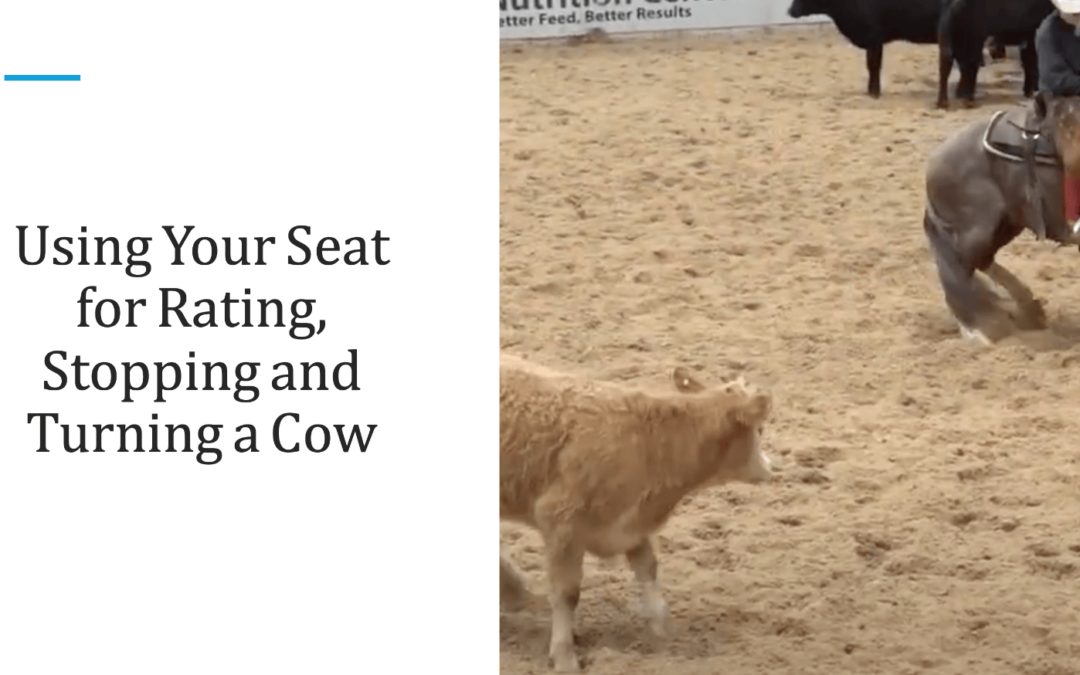
Austin Shepard rides so beautifully in many ways. He’s one of my favorite riders to watch and emulate.
In this video, I show you how and why using your seat can make a huge impact on working the cow for so much more than stopping.
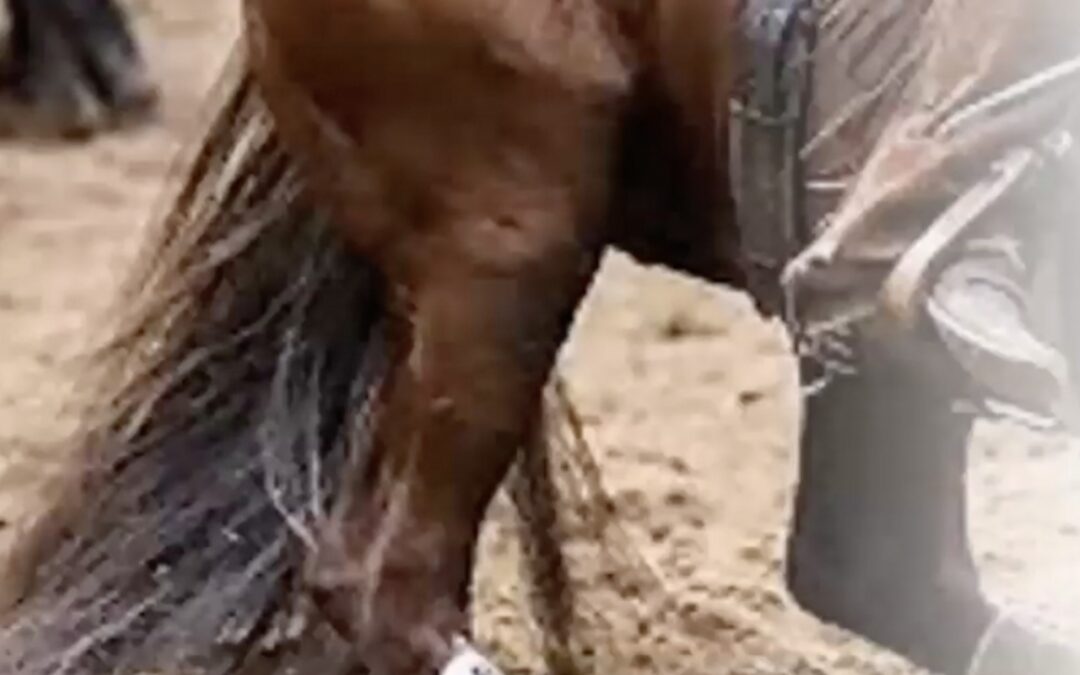
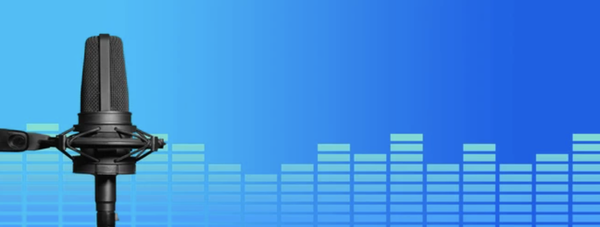
Hey, it’s Barb and I want to talk to you in this little mini podcast about how powerful your eyes are when you’re making cuts in a herd work or cutting run.

First of all, it’s important for your eyes to, in general, to be up. Anytime our eyes drop, it is always an indication of some kind of insecurity or concern about our horse – what’s happening with them or if something’s going wrong, When we feel uneasy or unsure, we usually tend to avert our gaze downwards.
So that’s the first thing.
The second thing is that when you are walking through the herd, and the cattle take a direction around you, l (say they’re flowing to the left,) you want to have soft eyes so that you can see what’s really happening. You want to look toward the end of the flow because those cattle are the ones that are likely going to walk up to the center of the pen and be easy to cut.
So that’s the second thing.
But then once you’re set on a specific cow, you want your eyes to become more piercing. Say you’re aiming for the throat latch of the cow so you can move in that direction to control the cow, you want to feel like your eyes are like laser beams on that throat latch (or wherever it is that you want to control the cow.) Your horse will follow that.
It will help you guide your horse, but also there is a power and energy in our gaze that impacts a cow. I know that might sound a little crazy, but it absolutely does. It’s just like if you feel like somebody’s staring at you from across the room, all of a sudden you might feel it, even when you don’t see it first.
This is the same thing.
Those are two ways to powerfully use your eyes. It works!
Have a great day. Hope that helps. Bye bye.
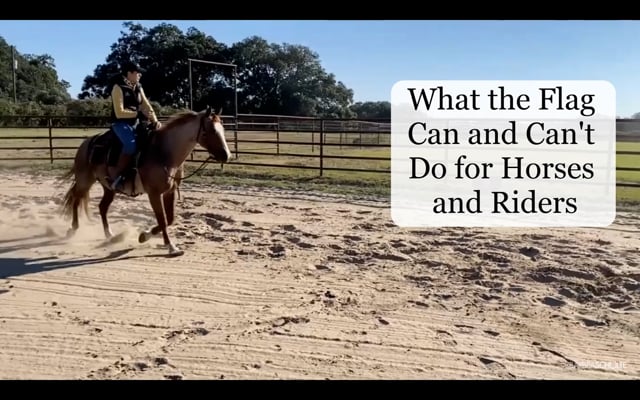
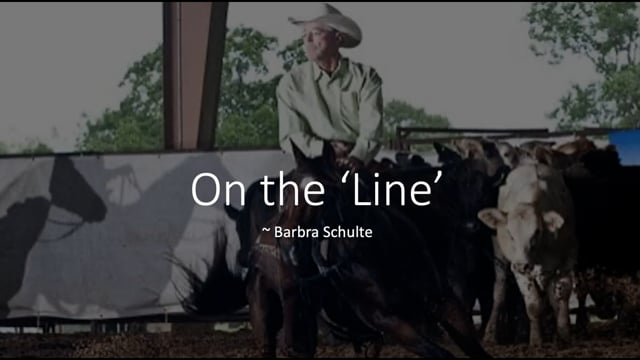
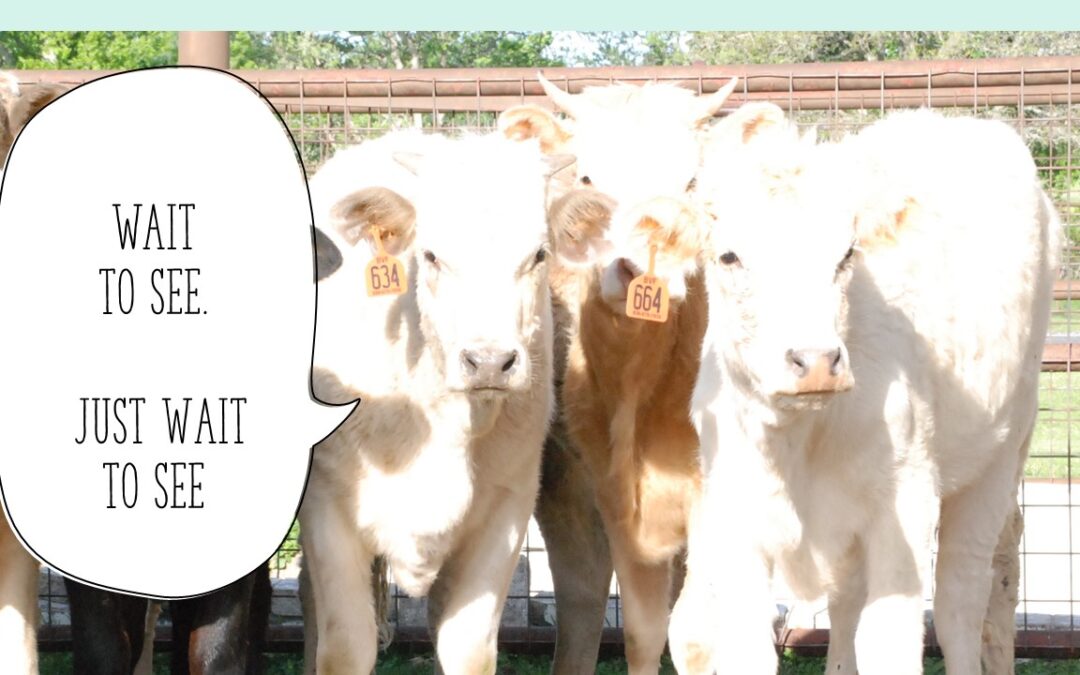
When I coach amateurs and nonpros for Herd Work, one challenge for most people is the feeling of chaos (or panic) near the end of the cut as the cattle thin down, and it’s time to decide which cow to cut.
This video is about how to help you more clearly see possibilities as they unfold as you stay grounded the entire time.
It’s a simple technique consisting of four words you keep repeating to yourself during this final phase of the cut. You’ll stay calm and keep using your eyes to search patiently for the best cow to cut and step into at that moment.
Let me know how it works for you!
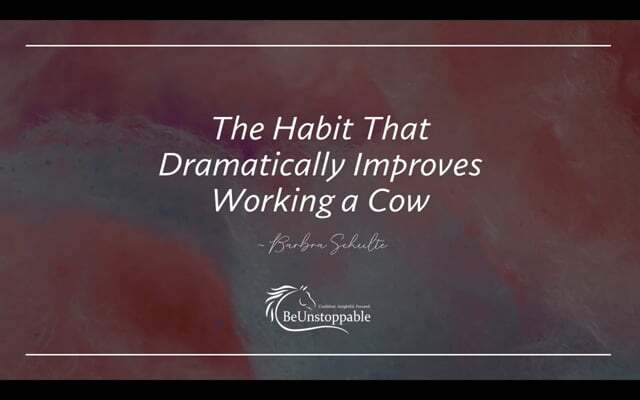
Herdwork is what’s called a “soft skill,” not because it’s easy, but because the situation is never the same. During herd work it’s challenging because the cattle are always changing position in the herd and in the arena. Plus, as a rider, you make constant decisions on the spot that impact the flow of cattle.
In this voice-over video, I describe three actions you can take (simultaneously!) to get set up a good cut. They take practice, but a great first step is understanding what they are, and how they impact your cut.

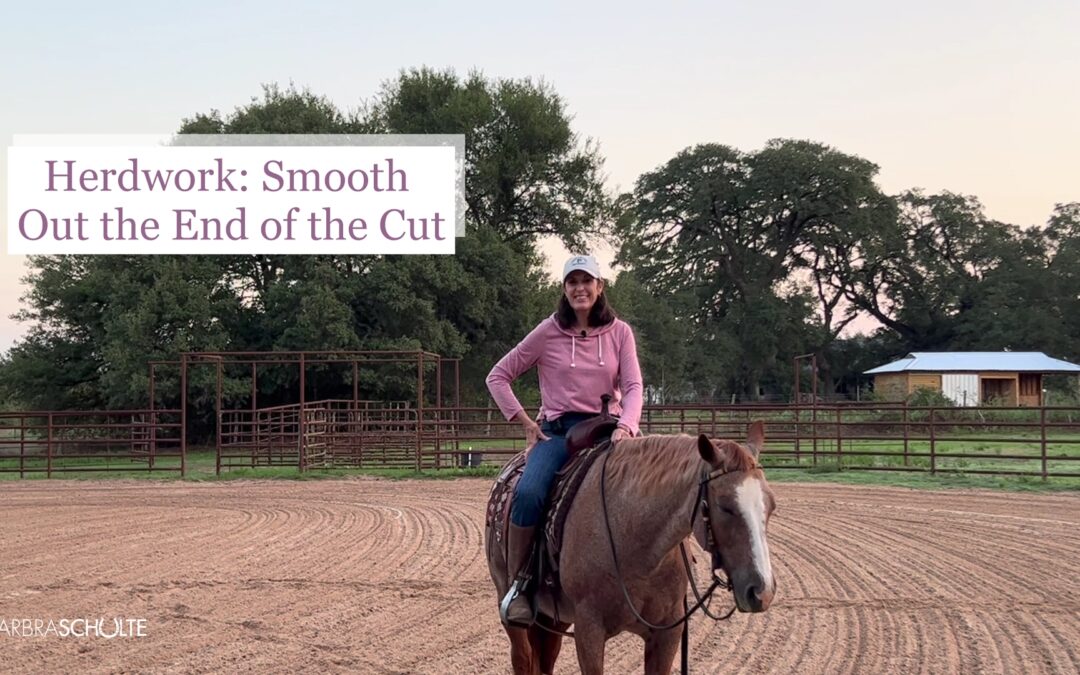
Here’s what happens sometimes.